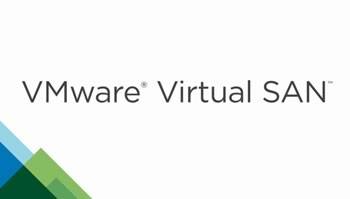Introduction to ISCSI Target using VSAN 6.5
With VMWare vSphere 6.5 release, VSAN 6.5 also extended workload support to physical servers using ISCSI Target Service. iSCSI targets on VSAN are managed the same as other objects with Storage Policy Based Management. vSAN functionality such as deduplication, compression, mirroring, and erasure coding, RAID-1, RAID-5, RAID-6 can be utilized with the iSCSI target service. CHAP and Mutual CHAP authentication is supported . Leveraging VSAN, physical servers and clustered applications can take benefits simplicity, centralized management and monitoring, and high availability. A LUN is represented by an individual .VMDK file, backed by VSAN object.
There are no floating VIP’s, ISCSI will be using vmkernal ports. All the hosts should have the same vmk nics for iSCSI. iSCSI will work with an active/passive architecture with a target being active on a single host. An initial connection can be made to any host, and iSCSI Redirects will be used to redirect client traffic to the host and VMKernel port that owns the target.
Once we have VSAN configured correctly, next step is to Enabled the iSCSI Target Service.
Enable the iSCSI Target Service
- Login to VMware vSphere Web Client and Enable the iSCSI Target Service.
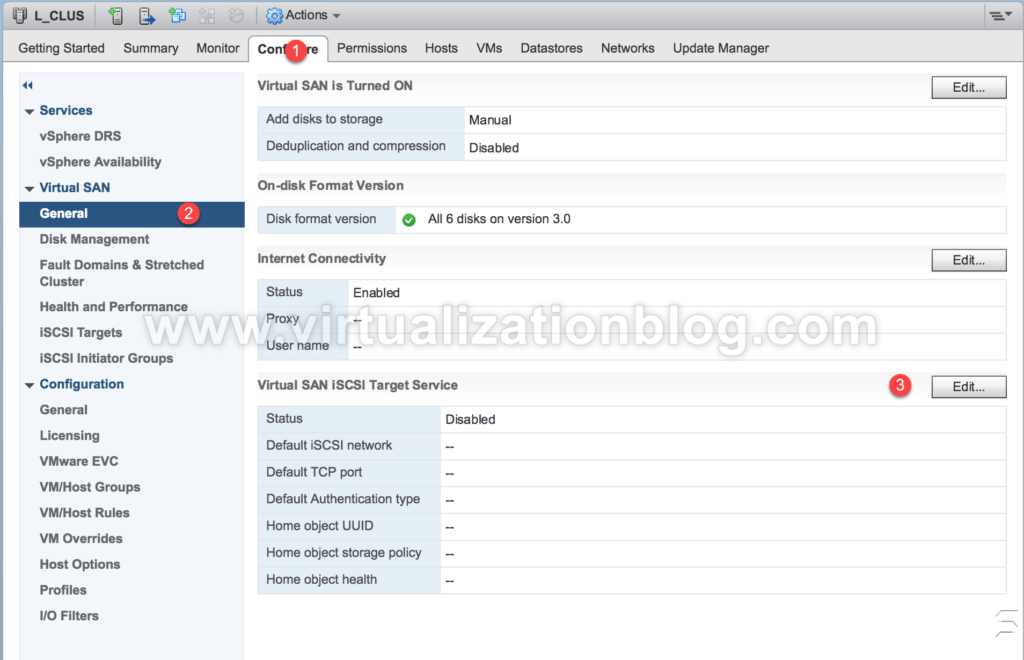
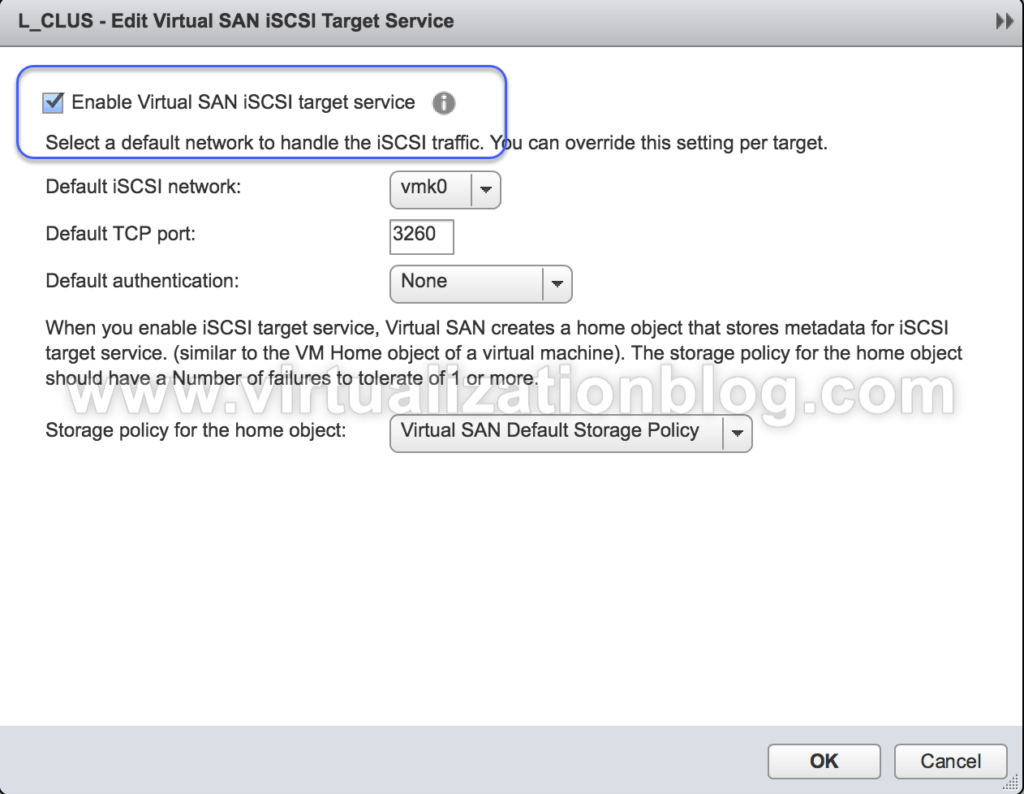
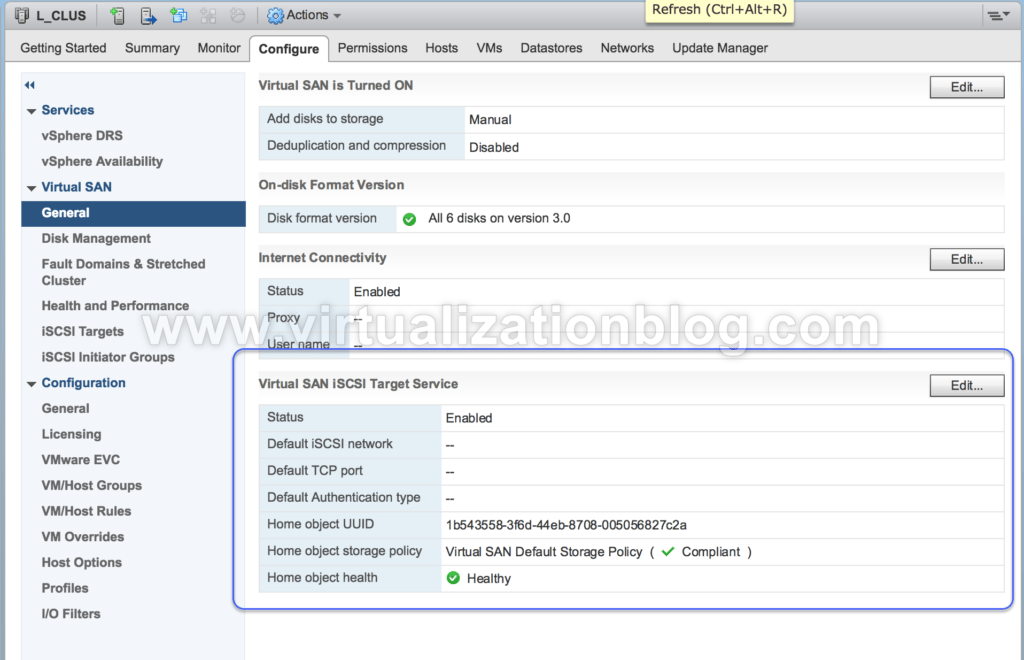
Now we have ISCSI Target Service successfully enabled next step is to create ISCSI Target.
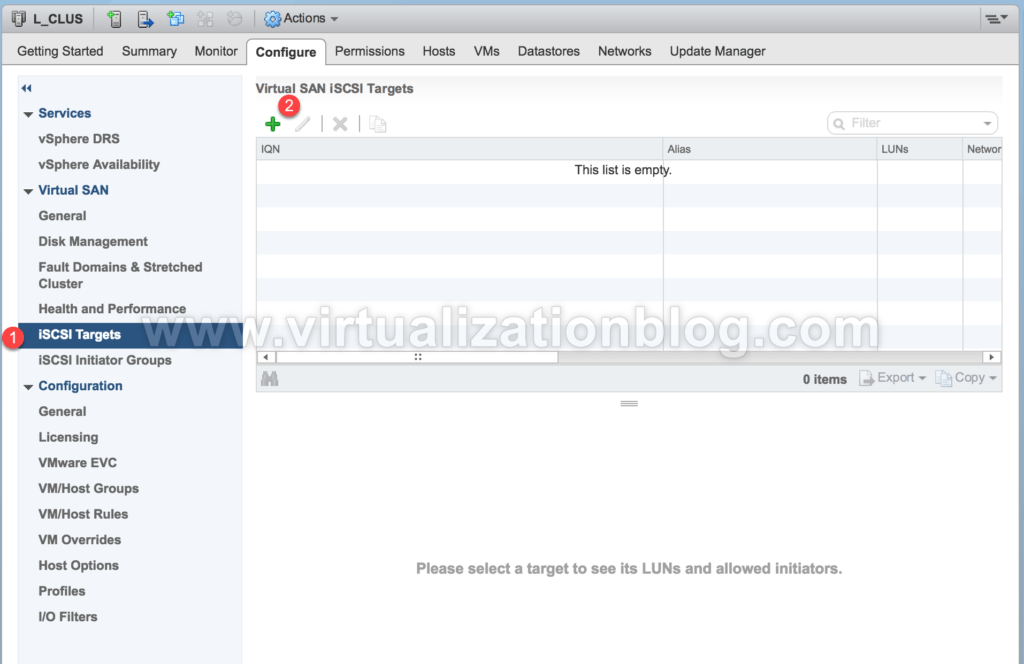
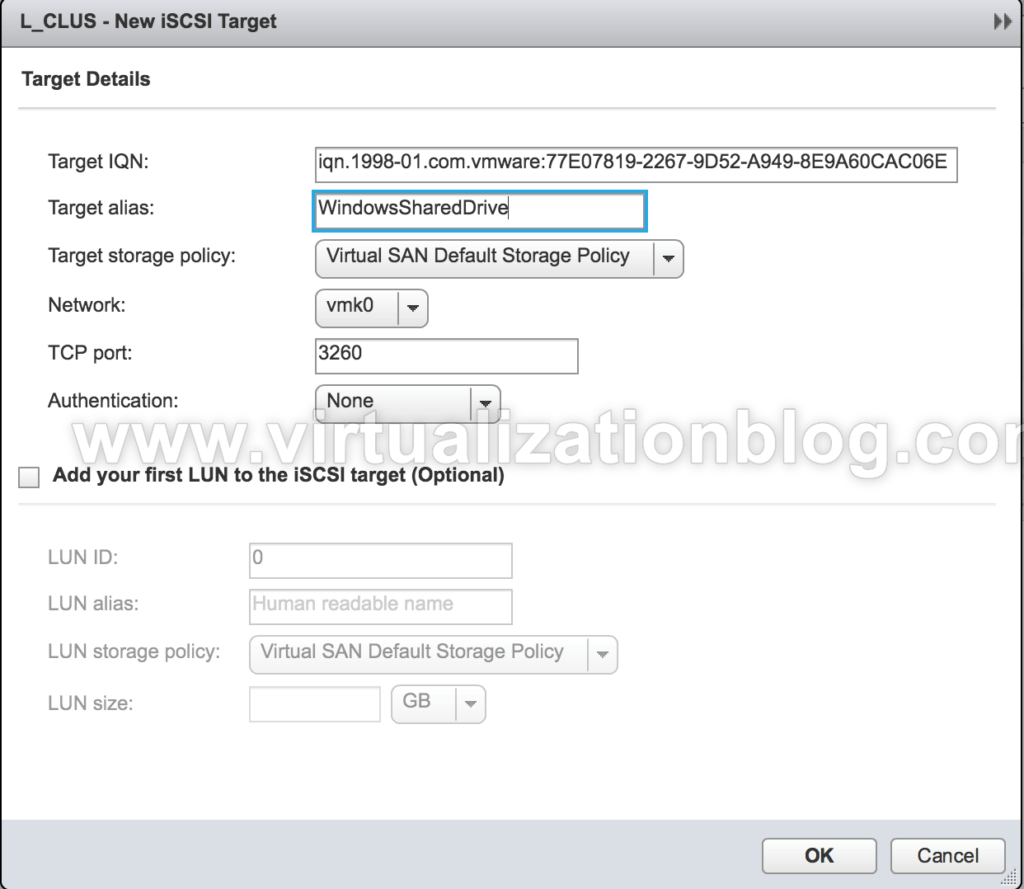
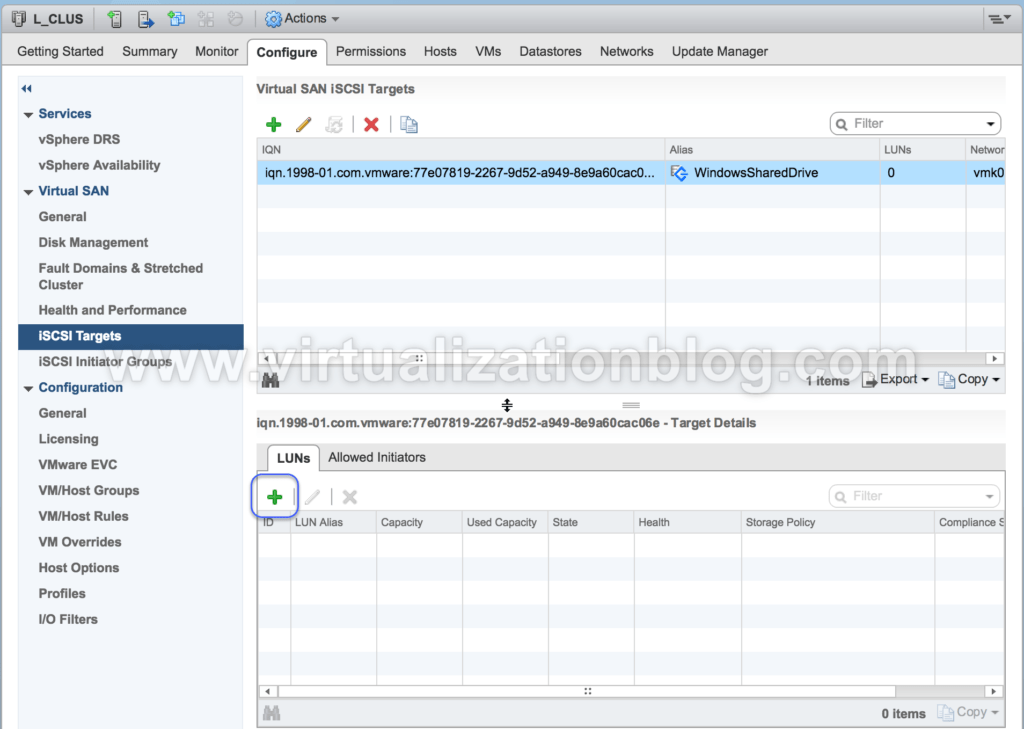
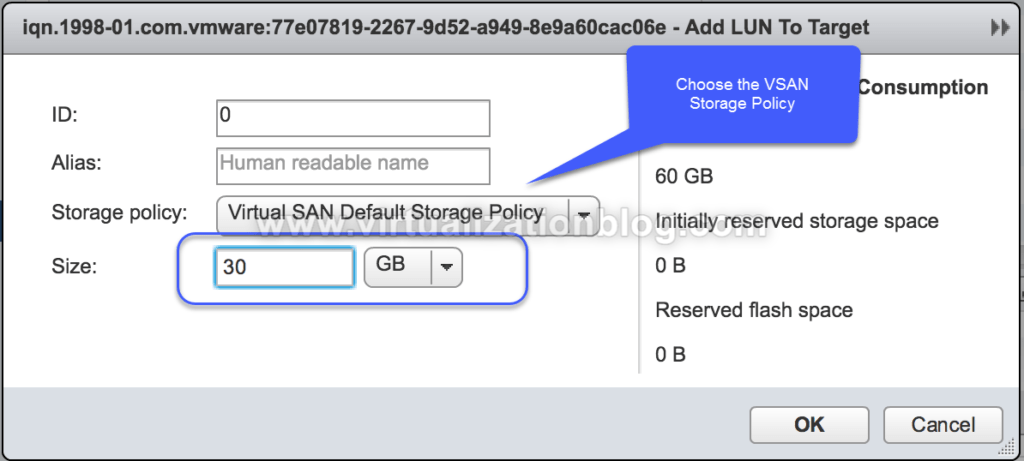
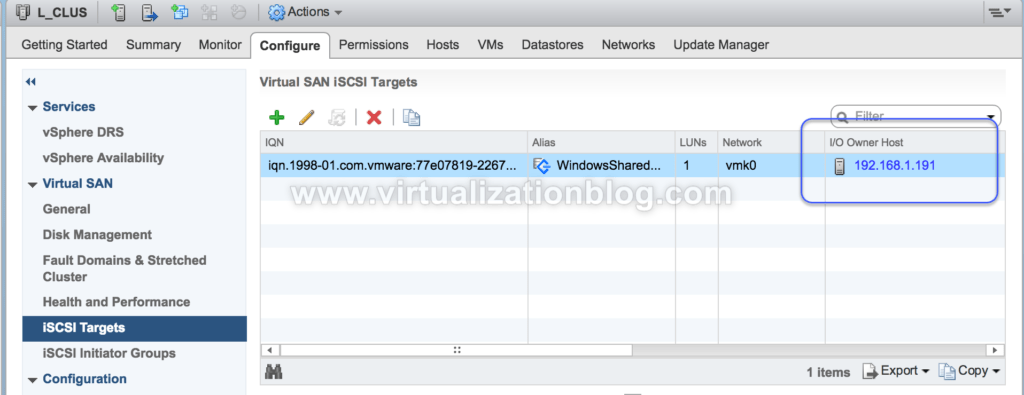
As we have ISCSI Target ready, Physical workload’s ISCSI initiators can be configured to get access to VSAN ISCSI Target.
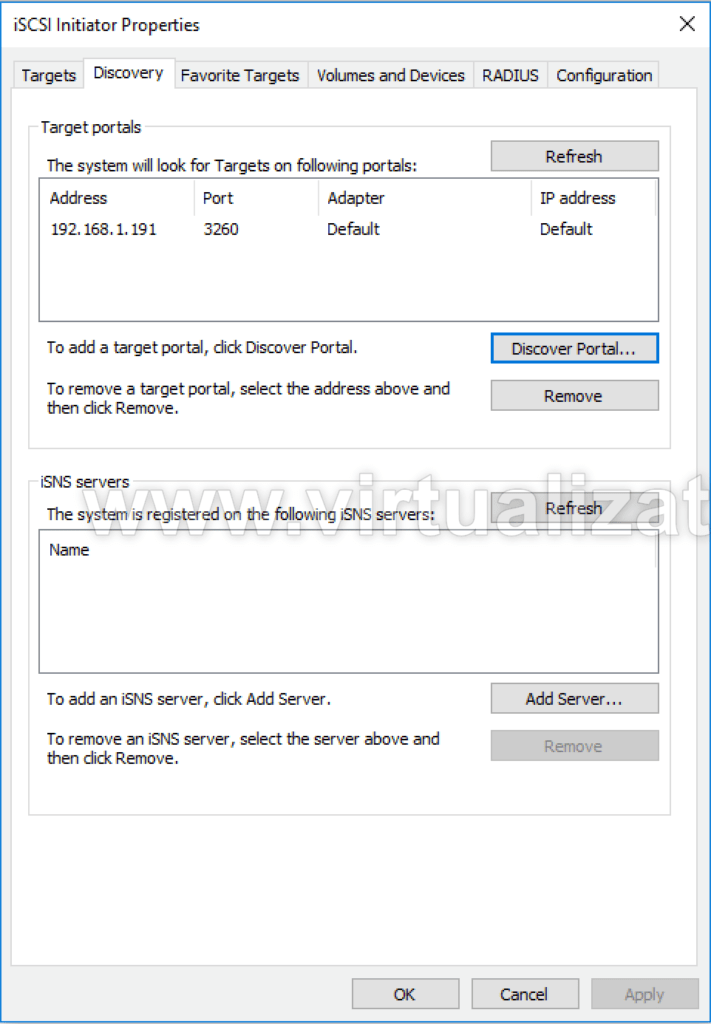
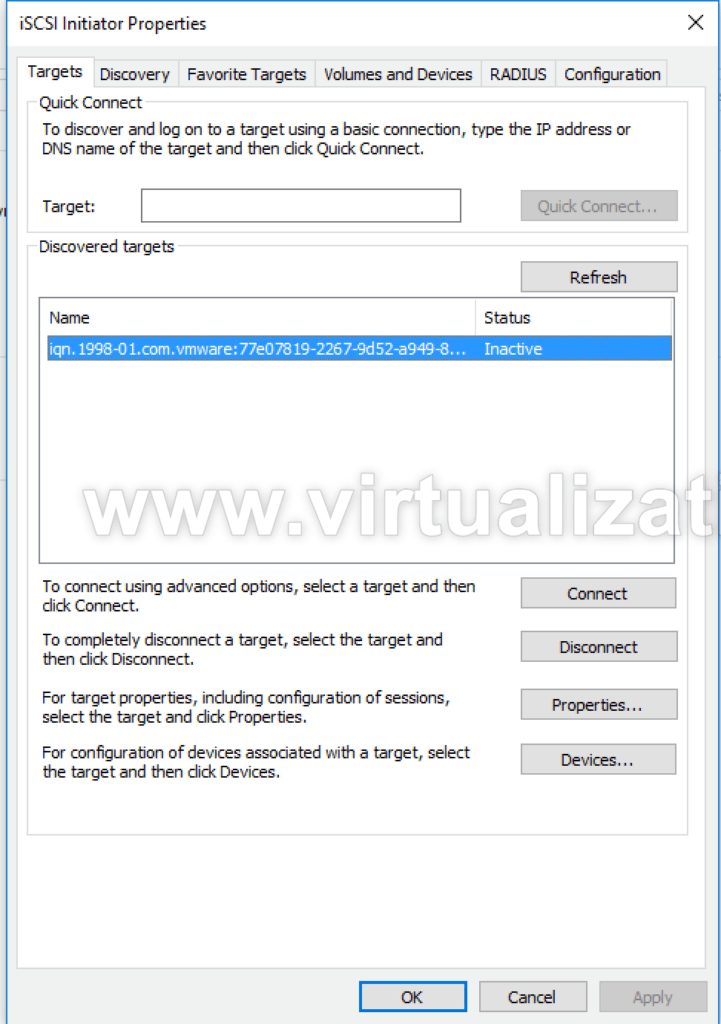
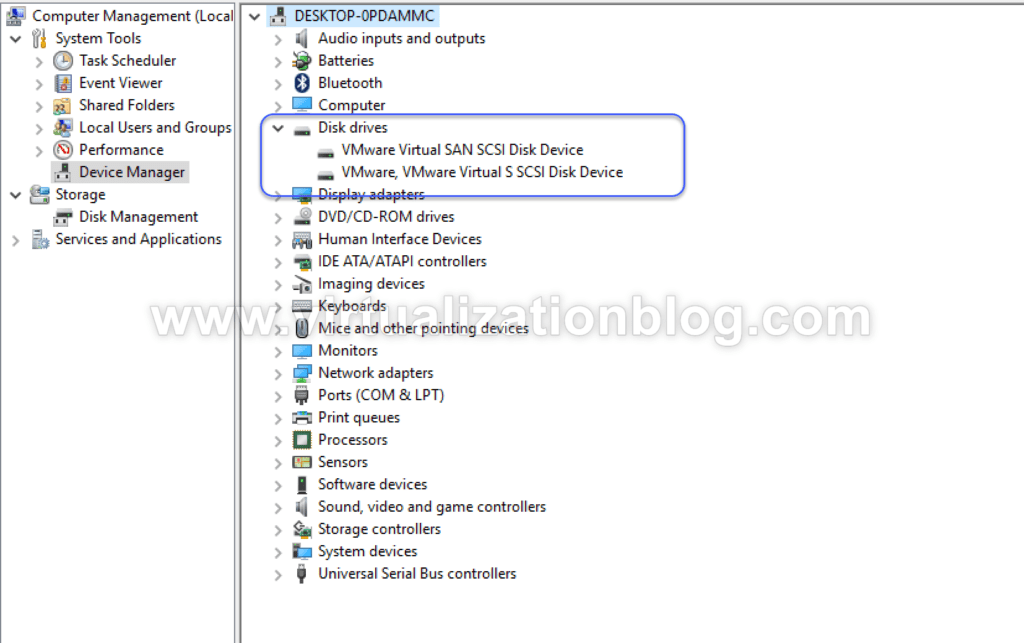
VSAN is always known for simplicity. That’s how you can simply configure ISCSI Target in VSAN 6.5 and can be presented as ISCSI LUN to a Windows 2012 Server,
